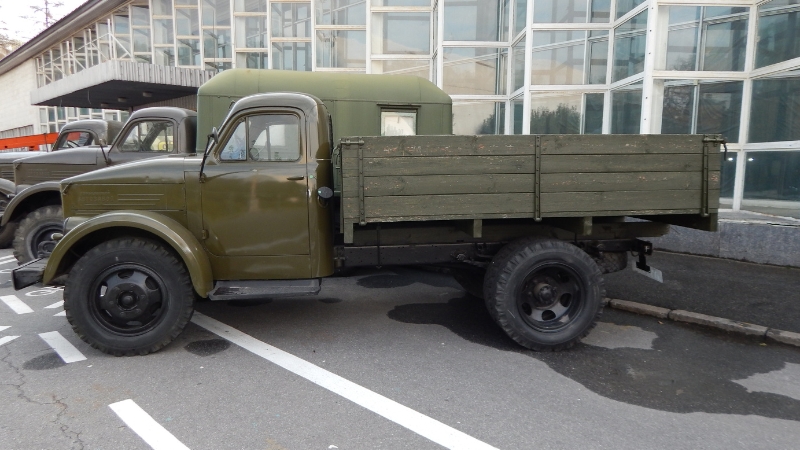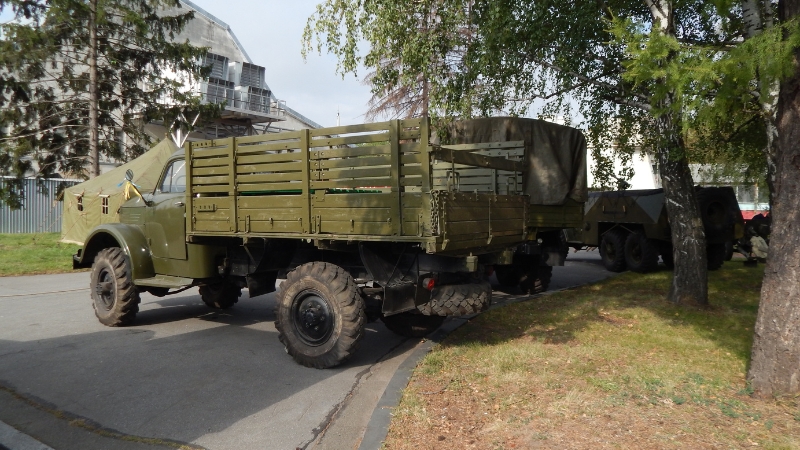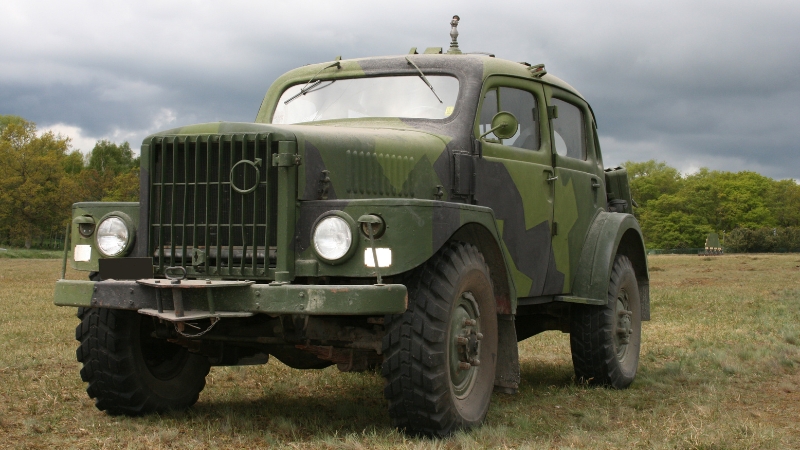If you’re gearing up for a Permanent Change of Station (PCS) and wondering whether Uncle Sam will foot the bill to move your car—you’re not alone. This question pops up in every military forum, Facebook PCS group, and late-night Google session.
The short answer? Yes, but only under very specific conditions. The Army can pay to ship your privately owned vehicle (POV), but it’s not guaranteed for every move, and the rules vary depending on location, duty assignment, and logistics.
So, before you start calling up vehicle shipping companies or budgeting for cross-country gas, let’s break down the exact scenarios where the Army pays for POV shipment, what to expect, and what to avoid.
When Does the Army Pay to Ship Your Car?

The Army (and the broader DoD) will typically cover the cost of shipping one privately owned vehicle when you’re being assigned to an overseas duty station (OCONUS). This includes locations like Germany, Italy, South Korea, Japan, or Hawaii.
If you’re moving within the continental United States (CONUS), you’re usually expected to drive your own vehicle, unless certain special exceptions apply.
According to the Joint Travel Regulations (JTR), service members are entitled to POV shipment under the following overseas scenarios:
However, if you’re being reassigned from Fort Hood to Fort Bragg, for example, the Army will not pay to ship your car—they expect you to drive. That said, there are a few rare exceptions, such as:
What the Army Covers – and What It Doesn’t
If your assignment qualifies you for POV shipment, you’re generally allowed one vehicle per family, and the Army will coordinate shipment through a government-approved contractor.
This is handled through the Vehicle Processing Center (VPC) network and includes both drop-off and pick-up procedures on either end of the move.
This process of shipping a privately owned vehicle is streamlined if you follow proper steps and ensure your car meets size, functionality, and condition criteria. However, many service members run into problems because they assume all shipping costs or conditions are automatically covered.
That’s not the case. There are hard limits on what the Army pays for and what remains your responsibility.
What’s Covered vs What’s Not
Item
Covered by Army?
Notes
One standard vehicle (POV)
Yes
Must be operational and meet size limits
Shipment to OCONUS
Yes
Must be part of your orders
Shipment for CONUS PCS
No
Typically not covered unless special waiver is approved
Second family vehicle
No
You’re responsible for any additional POVs
Vehicle modifications (e.g. lift kits)
No
May disqualify POV from shipment
Shipping personal items in the car
No
Not permitted; must remove all non-vehicle contents
Insurance & registration
No
Your responsibility before shipment
How the POV Shipment Process Actually Works
@a1autotransport Popular Ports for Military Transport | Top 10 Ports for Shipping Your POV with A-1 Auto Transport #MilitaryTransport #POVShipping #MilitaryPorts #AutoTransport #MilitaryVehicleShipping #PortOfLosAngeles #PortOfSeattle #PortOfSanDiego #A1AutoTransport #MilitaryMoves #CarShipping #MilitaryShipping #Top10Ports #pndboys🏴☠️ ♬ original sound – A1AutoTransport
If you’re cleared for Army-sponsored shipment, the process starts at the local transportation office (TO) where you’ll receive a transportation counseling session and guidance on booking the shipment through the Defense Personal Property System (DPS).
From there, you’ll drop the vehicle off at the assigned Vehicle Processing Center (VPC)—usually a port or military logistics hub.
The VPC will conduct an inspection, verify that the car runs, and ensure it meets weight and size requirements. Vehicles with oversized modifications (like aggressive lift kits or extended roofs) may be rejected, which is a rude surprise if you’re unaware.
Delivery on the other end may take 4–12 weeks, depending on global logistics, and you’ll be responsible for picking it up or arranging local transport once it arrives.
What to Watch Out for During the Process
There are some common pitfalls that trip up service members, often costing them time, money, and frustration. First and foremost, you cannot ship your car with personal items inside.
Even a set of jumper cables or floor mats not bolted down may be rejected. The car must be clean inside and out, with no more than a quarter tank of gas, and no fluid leaks. Any existing damage must be clearly documented at drop-off.
Also, timing is crucial. If you delay getting your POV to the VPC or there’s a backlog, you might find yourself at your new duty station for weeks without transportation. In some cases, you might be forced to rent a vehicle on your own dime if the POV shipment timeline drags beyond your travel window.
When You’re On Your Own – Domestic PCS Realities
View this post on Instagram
If you’re moving from base to base within the U.S., the Army doesn’t pay to ship your vehicle. Period. Instead, you’re compensated through mileage reimbursement for driving your car as part of your Personally Procured Move (PPM) or monetary allowance in lieu of transportation (MALT). In 2025, the standard MALT rate is $0.22 per mile per authorized vehicle.
That might not sound like much, but for a 1,500-mile drive, you’re looking at about $330 per vehicle. It helps, but it won’t cover fuel, hotels, food, or tolls. That’s why many service members opt to tow a second car or drive in tandem with family to maximize reimbursement while minimizing the financial burden of moving multiple vehicles.
What About Civilians or Dependents?
It’s important to note that Army PCS entitlements only cover the active duty member’s POV. If you’re a dependent or DoD civilian employee moving under different PCS orders, the rules may vary.
In many cases, DoD civilians get one POV shipment as well for overseas assignments, but you’ll need to confirm this with the Civilian Personnel Advisory Center (CPAC). Dependents with additional vehicles must plan and pay for their own transport or drive.
Final Answer

So, does the Army pay to ship your car during PCS? Yes—if you’re moving overseas and only for one vehicle. For domestic moves, the answer is a hard no unless you have an approved exception to policy. Understanding the regulations, documenting everything, and prepping your car to spec can make or break your PCS experience.
Whether it’s managing inspection standards or navigating the logistics of shipping a privately owned vehicle, the process demands preparation, communication with your Transportation Office, and clear expectations.
Don’t forget—many service members also run into problems by making avoidable mistakes when requesting military housing support, especially during peak PCS season. Every PCS is different, but the more you know, the less stressful your move becomes.
Let me know if you’d like a condensed version of this for military blogs, email newsletters, or relocation checklists.







